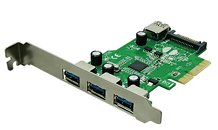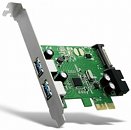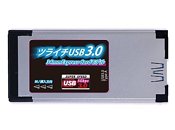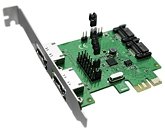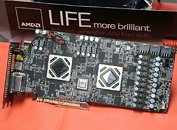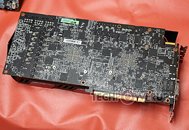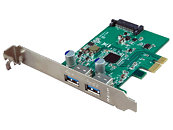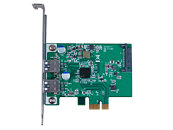Renesas Unveils Industry's First Complete Chipset for Gen-2 DDR5 Server MRDIMMs
Renesas Electronics Corporation, a premier supplier of advanced semiconductor solutions, today announced that it has delivered the industry's first complete memory interface chipset solutions for the second-generation DDR5 Multi-Capacity Rank Dual In-Line Memory Modules (MRDIMMs).
The new DDR5 MRDIMMs are needed to keep pace with the ever-increasing memory bandwidth demands of Artificial Intelligence (AI), High-Performance Compute (HPC) and other data center applications. They deliver operating speeds up to 12,800 Mega Transfers Per Second (MT/s), a 1.35x improvement in memory bandwidth over first-generation solutions. Renesas has been instrumental in the design, development and deployment of the new MRDIMMs, collaborating with industry leaders including CPU and memory providers, along with end customers.
The new DDR5 MRDIMMs are needed to keep pace with the ever-increasing memory bandwidth demands of Artificial Intelligence (AI), High-Performance Compute (HPC) and other data center applications. They deliver operating speeds up to 12,800 Mega Transfers Per Second (MT/s), a 1.35x improvement in memory bandwidth over first-generation solutions. Renesas has been instrumental in the design, development and deployment of the new MRDIMMs, collaborating with industry leaders including CPU and memory providers, along with end customers.
























